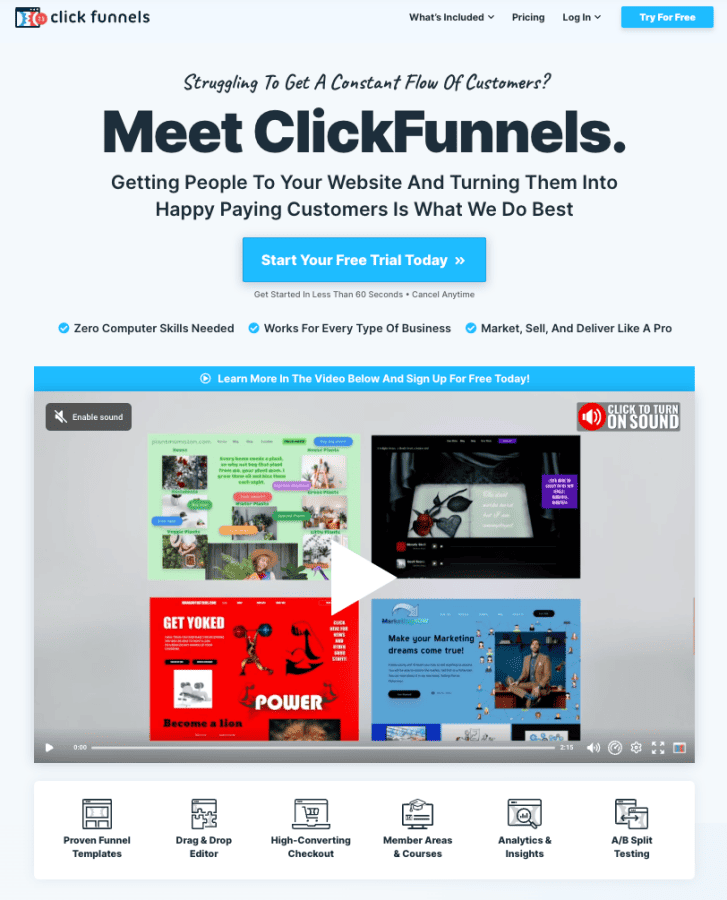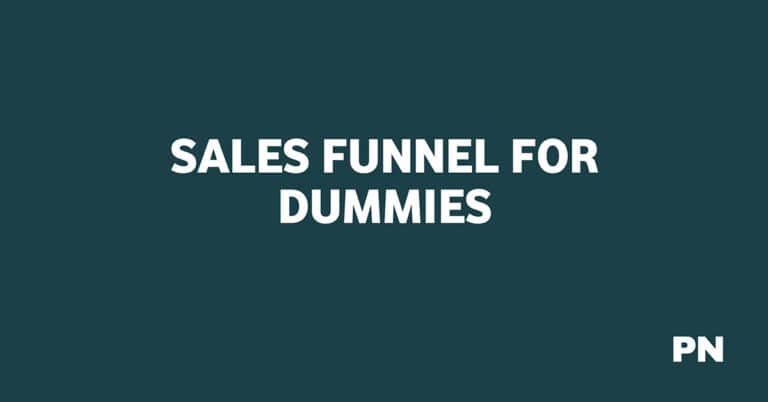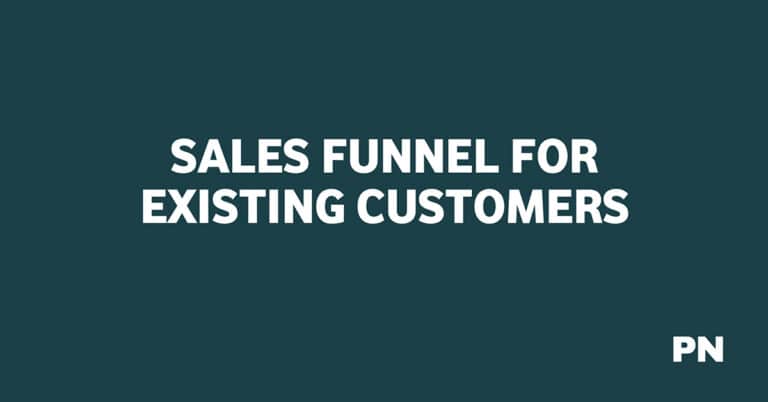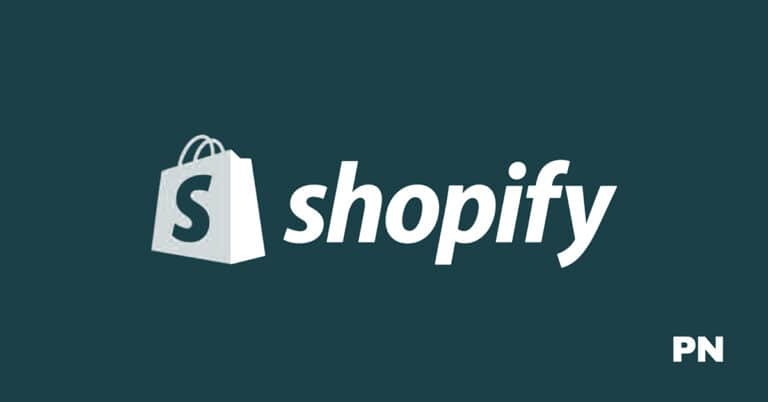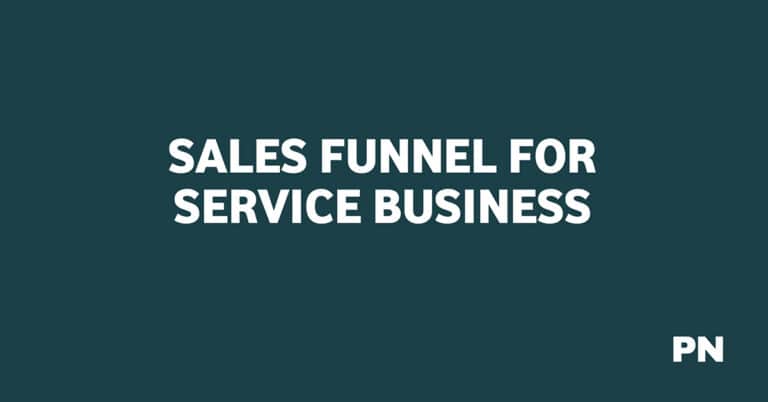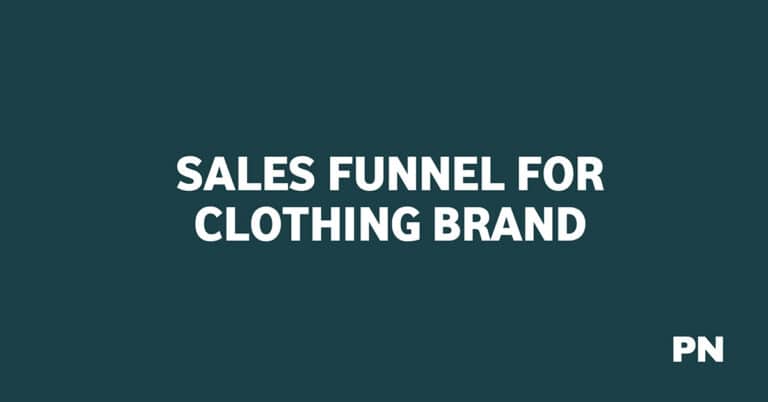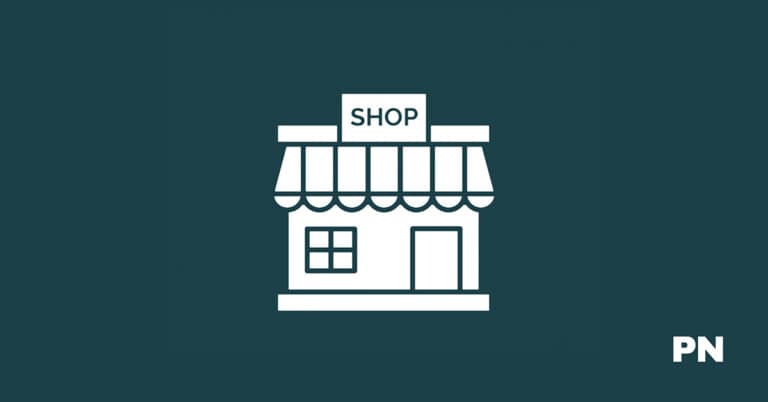Sales Funnel for Leads Guide
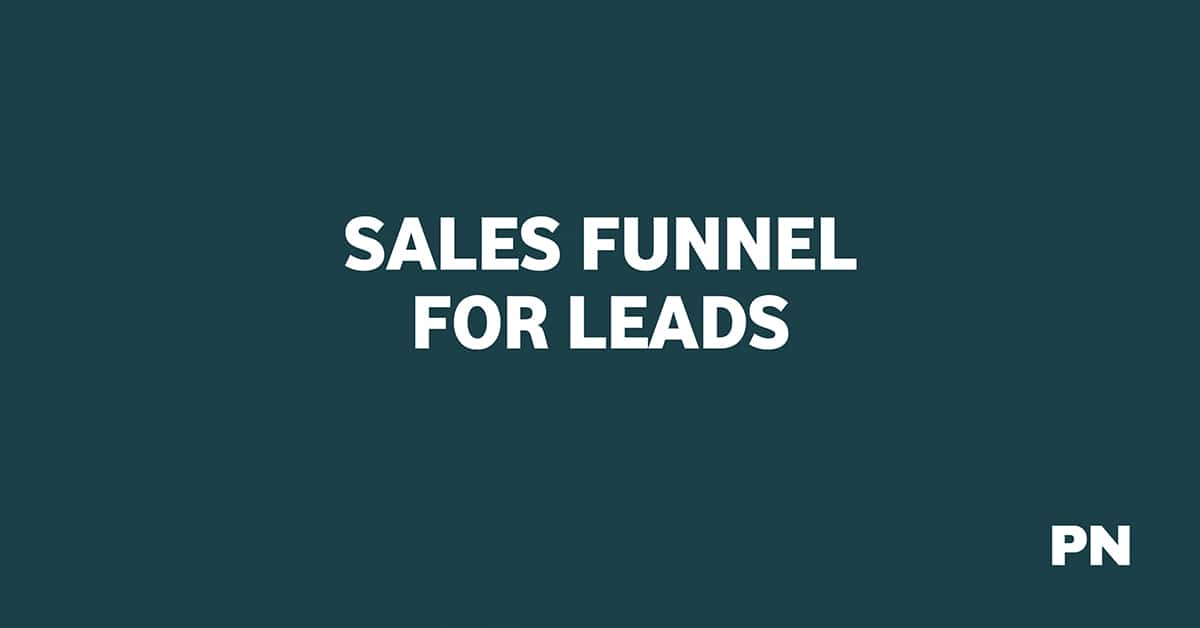
A sales funnel is a crucial element of any business that aims to generate leads and increase sales.
The process guides potential customers through a journey from awareness to purchase. According to a recent study, 68% of businesses have not identified or attempted to measure their sales funnel, which means they are missing out on potential sales opportunities.
A sales funnel is not just about selling products or services but also about building relationships with potential customers.
By understanding the customer journey, you can identify your target audience’s needs and pain points and provide them with the right solutions at the right time. This can help you build trust and credibility, which is crucial for converting leads into customers.
In this guide, I will explain the basics of a sales funnel for leads, including what it is, how it works, and how you can create an effective sales funnel for your business. I will also provide tips and strategies for optimizing your sales funnel and increasing conversion rates.
So, whether you are a small business owner or a marketer, this guide is for you.
What is a Lead Sales Funnel?

A lead sales funnel is a visual representation of a potential customer’s journey from being a lead to becoming a paying customer.
It is a process that involves capturing leads, nurturing them, and converting them into customers. The goal of a lead sales funnel is to guide potential customers through the buying process and increase the chances of converting them into paying customers.
A lead sales funnel typically consists of four stages:
- Awareness: At this stage, potential customers become aware of your product or service through various marketing channels such as social media, email marketing, or advertising.
- Interest: Once potential customers become aware of your product or service, they may show interest by visiting your website, downloading a free resource, or subscribing to your newsletter.
- Decision: Potential customers consider purchasing your product or service at this stage. They may compare it with your competitor’s products or services, read reviews, or request a demo.
- Action: This is the final stage of the lead sales funnel, where potential customers purchase or take the desired action, such as booking a consultation or signing up for a free trial.
To create an effective lead sales funnel, you need to understand your target audience and their needs. You should also create compelling content that addresses their pain points and provides solutions.
It would be best to use lead magnets, such as free guides or webinars, to capture leads and nurture them through the funnel.
Why You Need a Lead Sales Funnel?
As a business owner, you always seek ways to increase your revenue and grow your customer base. One effective way to achieve these goals is by implementing a lead sales funnel, which is a process that helps you convert potential customers into paying customers.
Here are a few reasons why you need a lead sales funnel:
1. Helps You Identify Your Target Audience
You are forced to identify your target audience by creating a lead sales funnel. This means that you will have a better understanding of your potential customers, their needs, and how you can best serve them.
2. Increases Your Conversion Rates
A lead sales funnel is designed to guide your prospects through the buying process step by step. By providing them with the correct information at the right time, you are more likely to convert them into paying customers.
3. Provides a Clear Path for Prospects
A lead sales funnel provides a clear path for your prospects to follow. This means they will know exactly how to become a paying customer. You are more likely to convert them into paying customers by providing them with a clear path.
4. Helps You Nurture Leads
Not all prospects are ready to become paying customers right away. Some may need more time to think about their decision or more information. A lead sales funnel allows you to nurture these leads by providing them with the information they need to decide.
A lead sales funnel effectively increases revenue and grows the customer base. By implementing one, you can identify your target audience, increase conversion rates, provide a clear path for prospects, and nurture your leads.
Stages of the Lead Sales Funnel
When generating leads for your business, a sales funnel is a crucial tool to help you organize and optimize your efforts. A sales funnel visually represents the customer journey, from the initial contact to the final sale.
It is divided into stages, each representing a different step in the process.
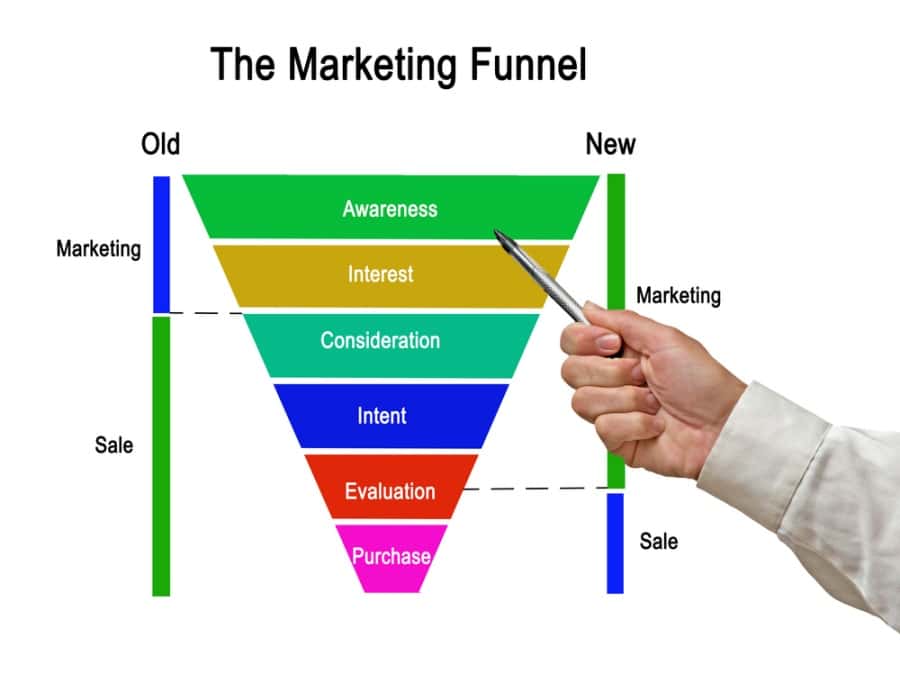
The Awareness Stage (Top of the Funnel, TOFU)
This is the first stage of the lead sales funnel, where potential customers become aware of your brand and what you offer. At this stage, creating content that will attract potential customers and encourage them to engage with your brand is essential.
This could be in the form of blog posts, social media content, or email newsletters.
Think of this stage as the first date with a potential customer. You want to make a good impression and show them why your brand is worth their time and attention. It’s all about creating a connection and building trust.
The Consideration/Evaluation Stage (MOFU)
Once a potential customer has become aware of your brand, they will move on to the consideration/evaluation stage. At this stage, they will evaluate your brand and compare it to your competitors.
This is where you need to provide them with valuable information to help them make an informed decision.
Think of this stage as the courtship phase. You want to show your potential customers that you are the best choice for them. This could be done through case studies, product demos, or free trials.
Purchase Stage (Bottom Of The Funnel)
In the purchase stage, the potential customer decides to become a paying customer. At this stage, making the buying process as easy as possible is essential. This could be in the form of a simple checkout process or a user-friendly interface.
Think of this stage as the proposal. You want to make it possible for your potential customer to say yes.
Post-Purchase Stage
Once the customer has made a purchase, it is essential to follow up with them and ensure they are satisfied. This could be done through a thank you email or a survey.
Think of this stage as the honeymoon phase. You want to ensure your customer’s happiness and satisfaction with their purchase.
Repeat Purchase Stage
The final stage of the lead sales funnel is the repeat purchase. This is where you want to turn your one-time customers into loyal customers. This could be in the form of a loyalty program or exclusive offers.
Think of this stage as a long-term relationship. You want to keep your customers returning for more and make them feel valued and appreciated.
The lead sales funnel is crucial for generating leads and converting them into paying customers. By understanding each stage of the funnel and providing valuable content and information, you can build a solid and loyal customer base for your business.
How Do I Create a Lead Sales Funnel?
Creating a lead sales funnel is crucial in converting potential customers into paying ones.
Here are the steps to create a successful lead sales funnel:
- Define Your Target Audience: Identify your ideal customer and create a buyer persona. This will help you understand your customers’ needs and preferences and tailor your marketing messages accordingly.
- Create Awareness: Use various marketing channels to create awareness about your brand and products. This can include social media, content marketing, email marketing, and paid advertising.
- Capture Leads: Offer value to your potential customers in exchange for their contact information. This can be a free trial, a whitepaper, an e-book, or a webinar.
- Qualify Leads: Determine which leads are most likely to convert into paying customers based on their behavior, demographics, or other criteria. Use lead scoring to prioritize leads and focus your efforts on those that are most likely to convert.
- Nurture Leads: Use email marketing and other tactics to build relationships with your leads and move them through the sales funnel. Please provide them with relevant and useful content, answer their questions, and address their concerns.
- Close Sales: Use sales tactics such as demos, free trials, and discounts to close sales and convert leads into paying customers.
Each step in the lead sales funnel is important and contributes to its overall success. By following these steps and tailoring them to your specific business and audience, you can create a lead sales funnel that converts potential customers into loyal ones.
What is The Best Funnel Software for Leads?
If you’re looking for the best sales funnel software for leads, ClickFunnels is the clear winner. ClickFunnels is an all-in-one platform offering a range of features to help entrepreneurs build sales funnels faster and scale their businesses quickly.
One of ClickFunnels’ key features is its lead generation capabilities. With ClickFunnels, you can create landing pages and opt-in forms designed to capture leads and convert them into customers.
ClickFunnels also offers a range of lead features, including lead magnets, lead scoring, and lead nurturing, which can help you manage your leads more effectively.
Another great feature of ClickFunnels is its ability to create upsells and downsells. With ClickFunnels, you can easily add upsells and downsells to your sales funnels, which can help you increase your revenue per customer.
ClickFunnels also offers a range of complimentary funnel templates that you can use to get started quickly. These templates are designed to help you create high-converting sales funnels without the need for any design or coding skills.
Frequently Asked Questions
What is a funnel in leads business?
A funnel in the leads business is a visual representation of the customer journey from the initial point of contact with your business to the final conversion stage.
It’s a way to guide potential customers through the sales process and ensure they receive the correct information at the right time to make an informed decision.
What are the key stages in developing a lead sales funnel?
The key stages in developing a lead sales funnel are awareness, interest, consideration, and conversion. At each stage, you need to provide potential customers with the correct information and resources to move them closer to making a purchase.
How do you create an effective lead sales funnel?
To create an effective lead sales funnel, you must first define your target audience and understand their needs and pain points. Then, you can create content and resources that address those needs and guide potential customers through sales.
How can I optimize my leads funnel for higher conversion rates?
To optimize your leads funnel for higher conversion rates, you need to analyze your current funnel and identify areas for improvement. This could include optimizing your landing pages, improving your lead nurturing campaigns, or simplifying your checkout process.
What metrics are crucial for analyzing the performance of a leads funnel?
The metrics crucial for analyzing the performance of a lead funnel include conversion rate, bounce rate, time on site, and customer lifetime value. By tracking these metrics, you can identify areas for improvement and make data-driven decisions to optimize your funnel.
How do industry benchmarks influence lead conversion funnel performance?
Industry benchmarks can provide valuable insights into how your leads conversion funnel performs compared to your competitors. By tracking your performance against industry benchmarks, you can identify areas for improvement and make data-driven decisions to optimize your funnel.
Wrapping Up
Congratulations! You now have a solid understanding of how to build an effective sales funnel for leads. Remember that building a sales funnel is not a one-time task. It requires continuous optimization and improvement to ensure its effectiveness.
To recap, the key steps to building a successful sales funnel for leads are:
- Creating accurate buyer personas and mapping key touchpoints.
- Identifying customer pain points at each stage of the buyer’s journey.
- Identifying marketing channels and publishing quality content.
- Creating a killer lead magnet and email drip campaigns.
- Guiding your leads smoothly through the buying process.
- Continuously optimizing and improving your sales funnel.
Following these steps can significantly enhance your business’s growth by attracting more leads, improving conversion rates, and boosting customer retention.
Now that you understand how to build a sales funnel for leads, it’s time to implement your knowledge. Start implementing these steps today and watch your business grow!
Disclosure: We may earn commissions if you buy via links on our website. Commissions don’t affect our opinions or evaluations. We’re also an independent affiliate of many platforms, including ClickFunnels, Kartra, GoHighLevel, Podia, Northwest Registered Agent, and others. We’re not employees of these services. We receive referral payments from them, and the opinions expressed here are our own and are not official statements of these companies.
